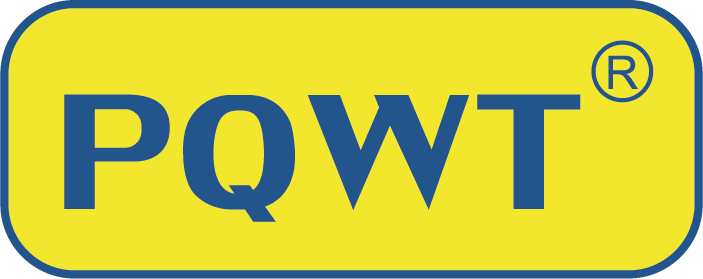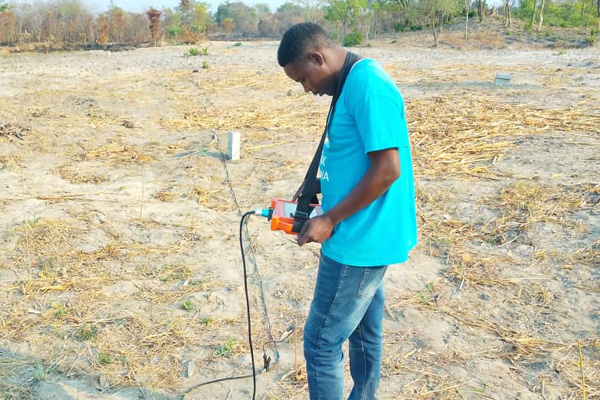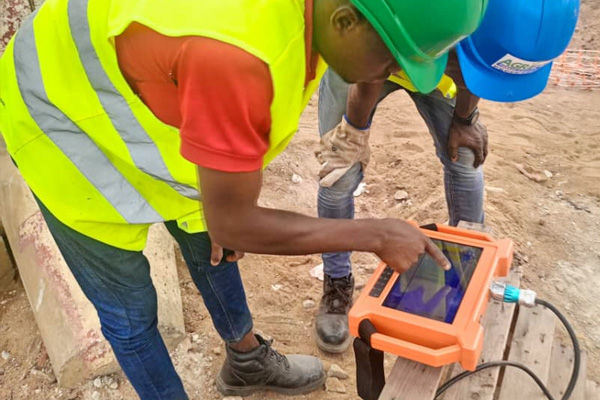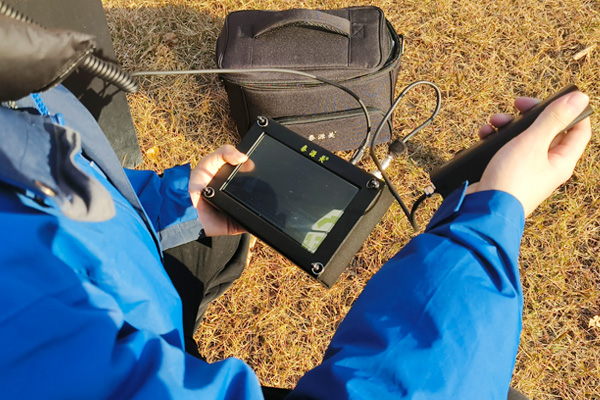The Hidden Risks of Pipe Leaks and the Necessity of Leak Detection Technology
Pipe leakage is not uncommon in our daily lives. From household kitchens to large-scale industrial water supply systems, leaks can occur in a variety of settings. Such problems not only waste water resources but can also cause significant damage to building structures, walls, and even foundations. What makes matters worse is that leaks are often difficult to detect in time, allowing the affected area to expand, driving up repair costs, and even compromising the normal operation of the entire piping system.
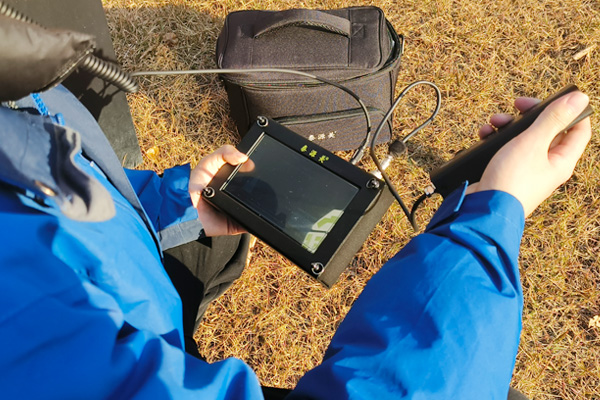
Therefore, the question of how to quickly and accurately locate leaks has become an urgent issue for many households and businesses. Traditional leak inspection methods typically rely on visual observation and manual testing. These approaches are inefficient and often fail to detect hidden leaks buried inside walls or underground. Modern pipe leak detection instruments overcome these limitations, offering a more precise and efficient solution.
By using advanced detection technologies, pipe leak detectors can continuously monitor the pipeline system in real time and accurately locate the exact leakage point. The use of such instruments greatly improves leak detection efficiency, reduces unnecessary excavation or dismantling, and minimizes repair costs. Let’s take a closer look at the working principles of these instruments and uncover how they achieve high-efficiency leak detection.
Working Principles and Applications of Pipe Leak Detectors
Pipe leak detectors primarily operate using acoustic technology, temperature variation detection, or pressure change monitoring. Although each type of detector works on different principles, their common goal is to analyze physical changes in the piping system to determine whether a leak exists.
Acoustic Technology
Acoustic technology is one of the most commonly used methods in pipe leak detectors. When a pipe leaks, water escapes from the damaged area, creating a distinct water flow sound. The detector’s built-in acoustic sensors capture these sound signals, and by analyzing their frequency and intensity, the device can identify the location of the leak. Since different pipe materials produce different sound characteristics, the instrument can also determine the type and size of the leak based on these sound profiles.
The advantage of acoustic leak detectors lies in their high sensitivity and strong adaptability. Even very small leaks can be detected. With professional analysis of the sound data, technicians can quickly and accurately pinpoint leak locations, avoiding large-scale excavation or demolition and minimizing damage to existing facilities.
Temperature Variation Principle
In addition to acoustic methods, another common leak detection technique is based on temperature variation. When a pipe leaks, escaping water interacts with the surrounding environment, causing local temperature changes. Detection devices using infrared imaging or temperature sensors can monitor the pipe’s surrounding temperature in real time and quickly identify abnormal areas to locate the leak.
This approach is particularly suitable for detecting underground or in-wall piping, as it eliminates the need to break walls or floors, avoiding unnecessary construction work. For large-scale leakage problems, temperature variation detection offers rapid positioning and greatly improves detection efficiency.
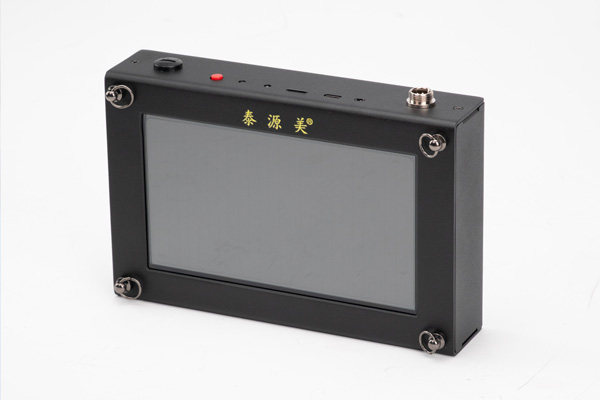
Pressure Change Principle
Under normal operation, water pressure inside pipes remains stable. When a leak occurs, internal pressure fluctuates. Pipe leak detection instruments equipped with pressure sensors monitor these changes, and any abnormal pressure variation may indicate a leak. This method is especially useful for **complex piping systems** requiring detailed management.
Through pressure testing, technicians can accurately detect even the slightest pressure changes in the pipeline and combine this data with other findings to precisely locate the leak. The advantage of this method is its ability to identify micro-leaks early, preventing further damage to the piping system.
Broad Applications and Future Potential
Thanks to their high efficiency and precision, pipe leak detectors have been widely applied in residential, commercial, and municipal engineering projects, becoming an indispensable tool in leak detection. As technology continues to advance, the functions and accuracy of these instruments are constantly improving, promising even broader applications and greater potential in the future.



